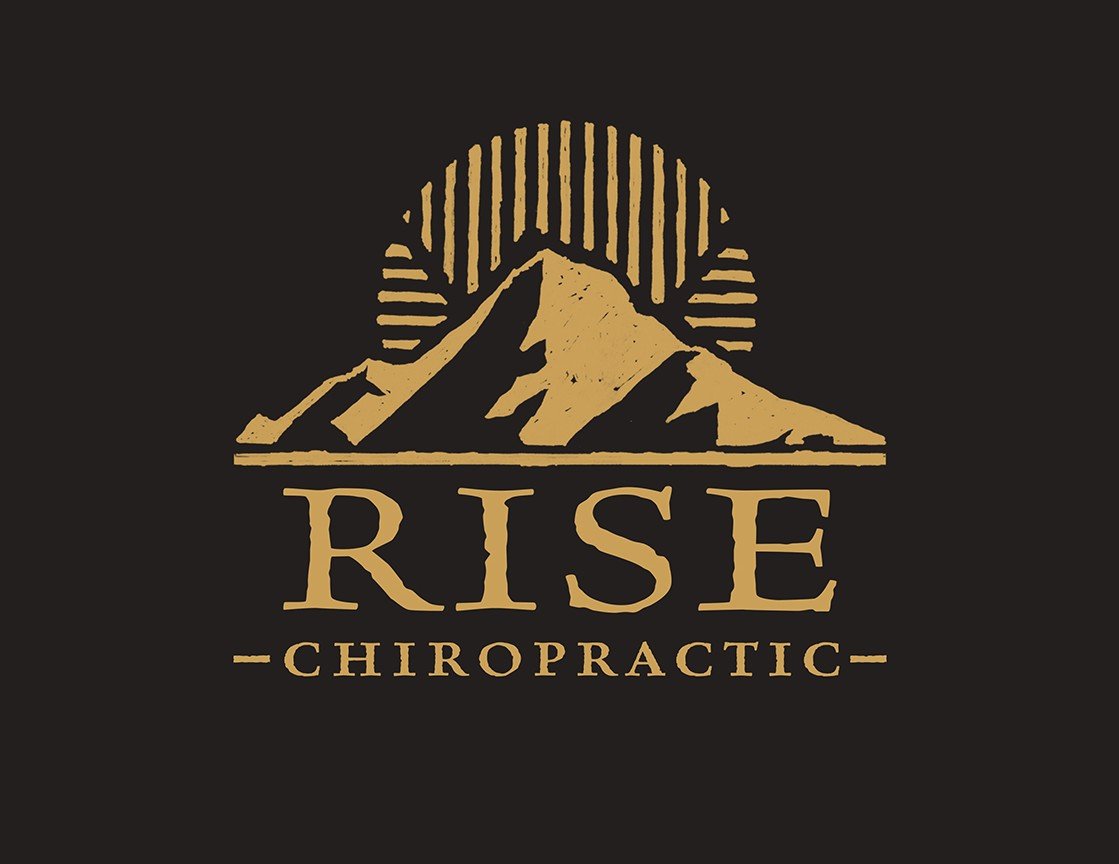Safe, Smart, and Essential: The Truth About Chiropractic X-Rays
Why Do Gonstead Chiropractors Take X-Rays?
When you visit a Gonstead chiropractor, one of the first things you might notice is that we take full-spine X-rays before we ever adjust you.
Some people wonder:
“Is that really necessary?”
“Is it safe?”
Let’s unpack both of those questions — and help you understand why seeing is knowing when it comes to your spine.
The Gonstead Difference: Seeing the Whole Picture
Dr. Clarence Gonstead, the founder of the Gonstead System, believed in one simple principle:
“To see is to know. Not to see is to guess. And I will not guess about your health.”
Unlike general chiropractic approaches that might focus only on the area of pain, Gonstead chiropractors take a full-spine view — from the base of your skull to your pelvis — to understand how each segment of your spine affects the others (Elbert, 2018).
This allows us to:
Identify true subluxations (misalignments that cause nerve interference)
Detect postural or biomechanical compensations elsewhere in the spine
Rule out pathology or contraindications (conditions that would make adjusting unsafe)
Analyze the disc health and spinal curves that form your “foundation”
Dr. Gonstead emphasized studying the geography of the spine — how each vertebra sits, how the curves interact, and how the pelvis supports everything above.
It’s not about “cracking where it hurts.” It’s about finding and correcting the exact cause of your problem safely and precisely (Elbert, 2018).
Why X-Rays Matter in Chiropractic Analysis
As Dr. Daniel Lyons explains, X-rays aren’t just about spotting problems — they are a critical part of safe, effective diagnosis.
Here’s what they tell us:
Structure and alignment: Are your spinal curves normal, flattened, or reversed?
Disc and joint health: Are disc spaces healthy and even?
Anomalies or congenital variations: Do you have transitional vertebrae or fused joints?
Degenerative changes: How advanced is wear and tear?
Safety checks: Are there fractures, tumors, or conditions that make adjusting risky?
In short — we don’t guess where to adjust.
We analyze. We confirm. We correct.
That’s what sets Gonstead apart.
What About Radiation Safety?
Understandably, many patients ask about radiation exposure — and that’s a great question.
Here’s the truth, based on modern radiological science (Tanaka, 2019):
The Linear No-Threshold Hypothesis (LNTH)
This is where the fear of radiation exposure originates. It essentially means that more radiation is always worse, and there is no threshold under which it is not harmful
LNTH was developed after the atomic bomb attacks on Japan in WWII, using linear mathematical models. It assumes that if the radiation from an atomic bomb caused X amount of harm, then medical radiology must cause Y amount of harm.
There is no question that there are significant risks associated with high-dose ionizing radiation, but in contrast to the LNTH, there is a lack of evidence in the scientific literature to suggest harm from low-dose exposure such as diagnostic x-rays
In fact, thousands of studies have suggested just the opposite. Low doses of radiation may stimulate cellular repair and immune function — a concept called radiation hormesis (Lyons, 2018)
So how high is the dosage of radiation from diagnostic x-rays (Lyons, 2018)?
The estimated radiation exposure from a full-spine series is about 1.5-3 mSv
That’s equivalent to about 3-6 months of natural background radiation — what you’d get from sunlight, flying, or living at high altitude.
Studies have consistently shown no measurable increase in cancer risk from these doses.
The takeaway: diagnostic chiropractic X-rays are safe.
You receive more radiation during a cross-country flight than from your chiropractic X-rays.
Why the Full Spine (and Not Just One Area)?
Even when pain seems localized — like neck stiffness or low back pain — your entire spine functions as one kinetic chain.
If your foundation (pelvis and lumbar spine) is off, your neck will compensate.
By viewing the full spine, Gonstead chiropractors can:
See how the pelvis supports the lumbar spine
Understand how upper and lower curves balance each other
Detect areas of compensation that may not yet hurt — but are contributing to dysfunction
As Dr. Rick Elbert summarizes:
“We take full-spine X-rays to view how a patient’s spine is working and looking — and to determine what needs to be corrected to improve their overall structure and health.”
The Bottom Line
For Gonstead chiropractors, X-rays aren’t optional — they’re essential.
They let us:
Adjust with confidence and precision
Protect your safety
Track your progress
Deliver results you can feel and see
And thanks to modern digital imaging, the process is fast, safe, and more accurate than ever.
So the next time your Gonstead chiropractor says,
“Let’s take a look at your X-rays,”
remember — it’s not just a picture of your bones.
It’s a window into your foundation, your health, and your path toward rising stronger.
References
Elbert, R. (2024). The “Why” of Gonstead Full-Spine X-Ray Analysis. GCSS Scope.
Lyons, D.D. (2018). Making the Case for Taking X-Rays. GCSS.
Tanaka, S.T. (2006). The Myth of the One Right Answer: Diagnostic X-Ray Risks? GCSS G Note.
